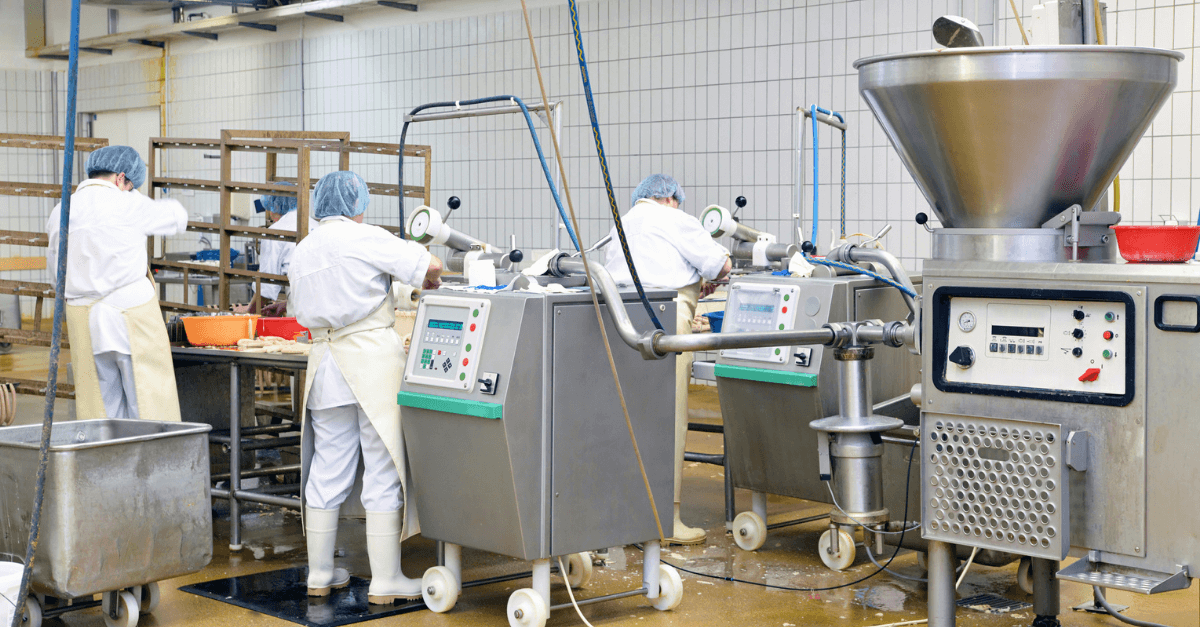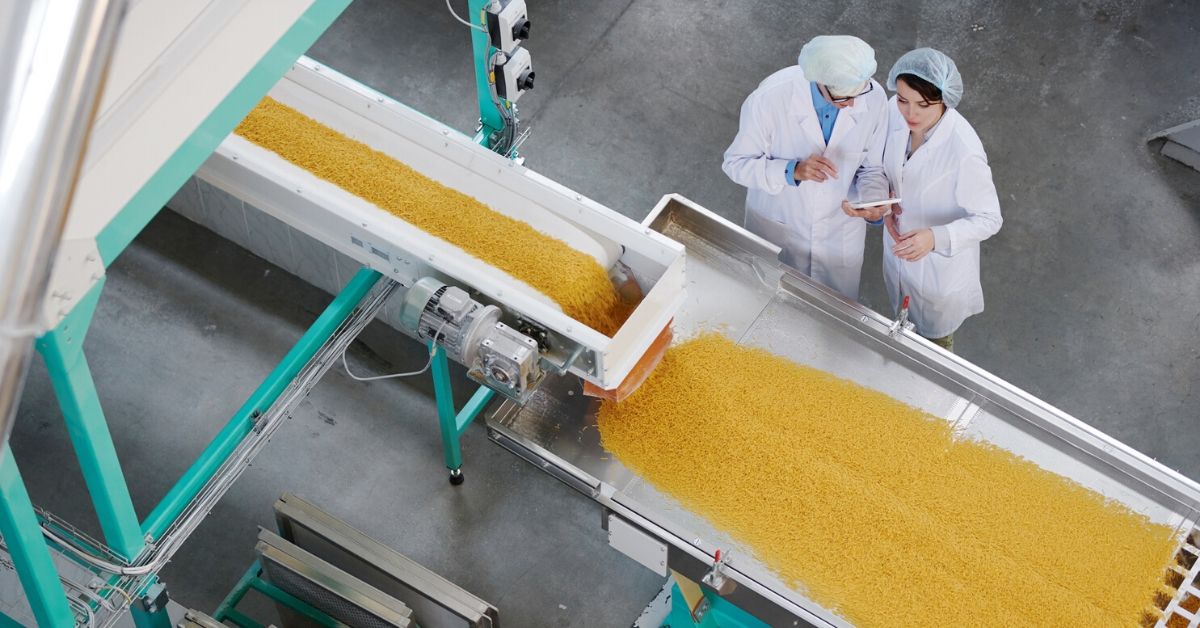How quickly are you notified when there’s an unusually long downtime in your manufacturing process? Do you only find out when other KPIs fall short? The options for monitoring downtime used to be limited. If you wanted a current update you either had to personally stand on the floor watching everything, or frequently call supervisors or operators to ask what’s going on. Neither of those options are an inefficient use of people’s time. You could also wait for daily or weekly reports, but often by the time you find out about a problem, it’s too late to impact the fix or to discover the true root cause.
Automated performance monitoring allows everyone to work more efficiently and focus their attention on what needs improving instead of collecting data or sifting through reports looking for anomalies. With automatic data collection technologies and a real time dashboard, manufacturing businesses now have access to the power of real-time notification with data that makes sense for their operations.
Multiple Monitoring Options
Monitoring solutions have evolved since they were first introduced, and are now extremely flexible so you can show the information needed on the most practical device.
- Tablet displays allow supervisors to walk around the floor and still know what’s happening everywhere by glancing at a dashboard. With this real-time data, a supervisor can investigate unplanned stops or excessive downtime immediately, instead of trying to figure out what happened yesterday or last week. Any upline or downline problems or bottlenecks can be identified and resolved to reduce time wasted in the future.
- Smartphone access can alert managers when something out of the ordinary happens that they should know about, and also provide access to real-time data. When a strategic decision is needed—for example, deciding to re-assign maintenance personnel to a higher-priority problem— the manager is able to act quickly and ensure that resources are allocated according to business needs.
- Large screen monitors on the shop floor can show everyone uptime and throughput status at a glance with color-coded information. These displays can also indicate how the current status compares to the average. Simply seeing performance data displayed affects behaviour, resulting in workers doing what it takes to not be below average.
How Monitoring Affects Behavior
When setting up wall displays, it’s important to carefully select which metrics you want to show, and understand how they will affect behavior. The recent Harvard Business Review article, Why COOs Should Think Like Behavioral Economists says to consider that when a performance metric is displayed, you can expect it to rise, potentially at the expense of other ones.
How could improving one metric be detrimental to another? Here’s an example: if operators feel pressured to keep the line running no matter what, they may opt for quick fixes instead of taking the time to resolve a bigger problem. A comprehensive fix is what’s needed, but it would cause unplanned downtime on that shift, so they work around it. At times, you may want the line to keep going no matter what, but a strategic decision should be made to determine when necessary unplanned fixes should happen, and not simply pressure operators and supervisors to minimize “red” at all costs.
Real-time monitoring can lead to surprising and revealing discoveries. Information that you weren’t previously looking for can hold answers that have a positive impact on productivity. Learn more about 4 easy steps to consider when you go forward with a real-time dashboard project.











